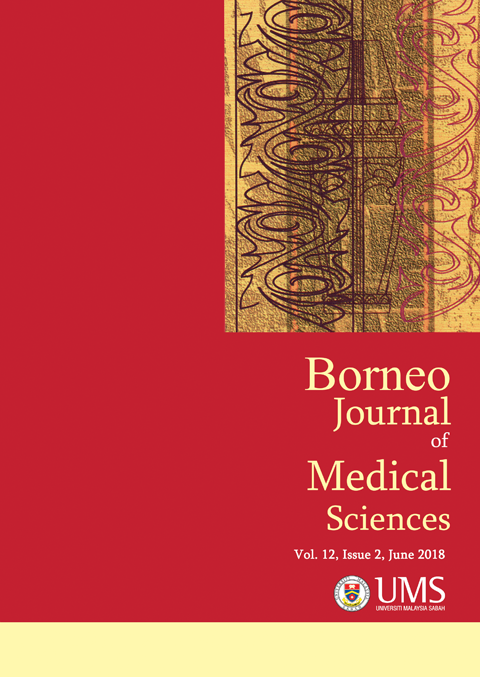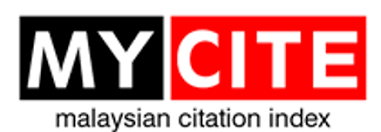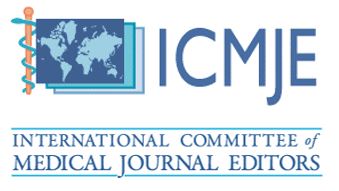Need Domains of Family Members of Critically-ill Patients: A Borneo Perspective
DOI:
https://doi.org/10.51200/bjms.v12i2.1222Keywords:
Critical care, family members, Intensive Care Unit, assuranceAbstract
The needs of family members of patients have often been neglected. Many investigations have presented that meeting the needs of families and helping them cope with the period of hospitalization will improve the well-being of relatives of patients admitted to the Intensive Care Unit (ICU). The aim of this study was to identify the needs of family members of patients admitted to the ICU at Queen Elizabeth Hospital, Kota Kinabalu, Sabah. This cross-sectional study recruited 60 family members, and a validated Critical Care Family Needs Inventory in Bahasa Malaysia was used to verify the needs of these families. The outcomes disclosed that family members ranked “assurance†as their utmost need. “support†was ranked the least important. The differences in mean values of gender, education level, history of admission and types of relationships among the family members were trivial. The results of this research will help us prepare guidelines to educate ICU healthcare providers, as well as information pamphlets for the relatives of admitted patients.Published
How to Cite
Issue
Section
License
All articles are published under the Creative Commons Attribution-NonCommercial (CC BY-NC 4.0) license, enabling users to read, download, copy, distribute, and adapt the material for non-commercial purposes, provided proper credit is given to the original authors and the source. This model supports transparency, accessibility, and the global exchange of medical knowledge.








1.png)





